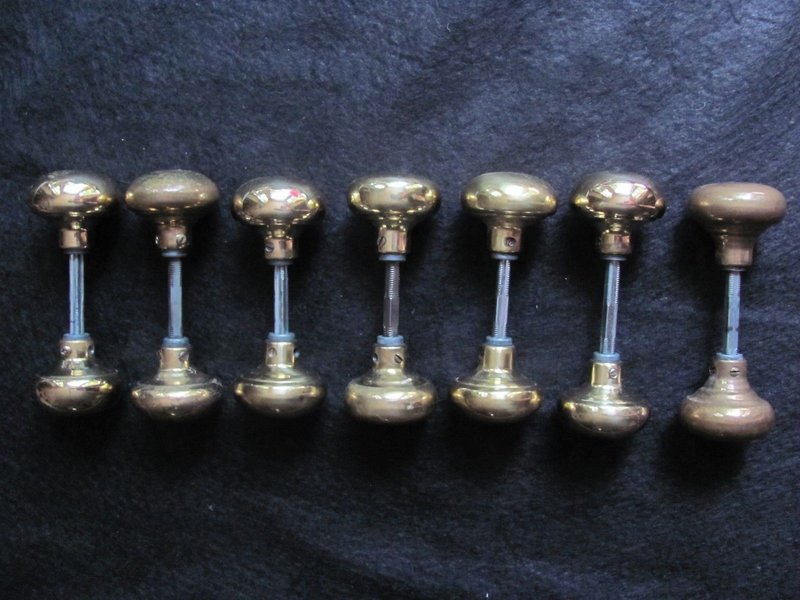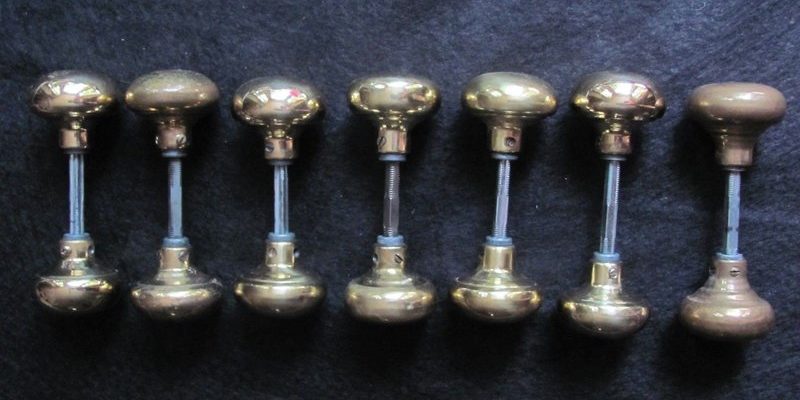
In this guide, we’ll dig into the world of door knob set screws. You might be wondering why these tiny components matter or how to choose the right one for your needs. Don’t worry; this isn’t a boring lecture. Think of it as a friendly chat where we’ll break down the types of set screws you might encounter, what each one does, and how to maintain them. So, grab your coffee, and let’s dive in!
What Are Door Knob Set Screws?
Door knob set screws are small screws used to secure the knob to the spindle, which is the part that connects the knob to the latch mechanism. Without set screws, your knobs would wobble or, worse, detach completely. It’s a bit like how a good glue holds your art project together—crucial for functionality. Set screws can come in various lengths and styles, meaning that not all screws are created equal.
They play a simple but vital role in door hardware. Depending on the style of your doorknob, you might encounter different types of set screws that have unique characteristics. Knowing what you’re dealing with can save you a headache down the line when trying to install or replace a door knob.
Types of Door Knob Set Screws
Understanding the different types of door knob set screws is essential to ensure that your door knobs are securely attached and functioning smoothly. Here’s a breakdown of the most common types you’re likely to encounter:
1. Hex Set Screws
Hex set screws are characterized by their hexagonal heads, which allow for easy tightening with a hex key or Allen wrench. These screws are typically used in applications where more torque is required, providing a strong hold on the knob.
They’re ideal for knobs that see a lot of use, like the ones on entry doors. If you have a busy household, using hex set screws can offer peace of mind, ensuring your knobs stay firmly attached even with frequent use.
2. Slotted Set Screws
Slotted set screws feature a single straight indentation on the top, which means you’ll need a flathead screwdriver to tighten or loosen them. While they may not offer the same level of grip as hex screws, they’re still quite common in many door knob designs.
They tend to be easier to find, making them a good choice for older door knob sets that might not have been updated in years. Just be mindful that they can occasionally strip more easily than their hex counterparts.
3. Phillips Set Screws
Phillips set screws are similar to slotted screws but have a cross-shaped head, allowing for a better grip on the screwdriver. This design helps reduce slippage while tightening, which can make installation easier—especially in tighter spaces.
You might find these screws in newer door knobs, as they offer a blend of ease and security. They’re a nice middle-ground option for those who want a reliable hold without needing specialty tools.
4. Grub Screws
Grub screws are a special type of set screw with no head, designed to fit into a recessed area. This feature allows them to sit flush with the knob surface, making them a popular choice for modern aesthetics.
They can be a bit tricky if you’re not familiar with them, as traditional tools often won’t work. However, they provide an extremely neat and tidy appearance since they won’t protrude from the knob.
How to Choose the Right Set Screw
When choosing a door knob set screw, several factors come into play. Here’s what you should consider:
1. Compatibility
First and foremost, ensure that the set screw matches the specifications of your door knob. Different knob designs may require specific types of screws. Double-check your door hardware to see what’s already in place, or consult the manufacturer’s specifications.
2. Material
The material of the screw can affect its longevity and durability. Common materials include steel, brass, and stainless steel. If you live in a humid area, stainless steel may be the best choice to avoid rusting.
Brass screws can add a stylish touch but may not be ideal for heavy-use knobs. Think about where and how you’ll be using your door knob when selecting the material.
3. Length
Set screws come in various lengths, and choosing the right one can make all the difference. A screw that’s too short won’t secure the knob well, while a screw that’s too long might protrude awkwardly or even damage the door. Measure your current set screw or the knob’s mounting area to find the perfect length.
Common Problems with Door Knob Set Screws
Just like any part of your home, door knob set screws can run into their fair share of issues. Here are some common problems you might face:
1. Stripped Screws
One of the most frustrating issues is stripping, which can happen if you over-tighten the screw or use the wrong tool. When a screw gets stripped, it can become difficult to loosen or tighten, often resulting in a need for replacement.
To avoid stripping, use the right tool and only tighten enough to secure the knob without forcing it.
2. Loose Knobs
If your door knob feels wobbly, it’s likely due to a loose set screw. This is an easy fix—just tighten the screw with the appropriate tool. Regularly checking your door knobs for tightness can prevent this issue and prolong the life of your hardware.
3. Rust and Corrosion
If you’ve chosen the wrong material, or if your screws are exposed to moisture, rust and corrosion can set in. Regular maintenance, such as cleaning and lubrication, can help minimize these problems. If you notice rust, consider replacing the screws with a more suitable material.
Maintaining Your Door Knob Set Screws
Maintenance can go a long way in ensuring that your door knob set screws function effectively for years. Here are some tips to keep in mind:
1. Regular Checks
Make it a habit to check the tightness of your door knobs every few months. This is especially important for high-traffic areas in your home.
Tightening up loose screws can prevent replacement down the line and keep your knobs feeling secure.
2. Cleaning
Keeping your hardware clean can also prolong its life. Dust and grime can build up around the screws, making them harder to access and potentially leading to rust. A simple dusting with a soft cloth can do wonders.
3. Lubrication
Applying a bit of lubricant can help to prevent rust and ensure smooth operation of your knobs. Just be careful not to overdo it; a little goes a long way.
Final Thoughts
Understanding door knob set screws might seem trivial, but these small components are vital for maintaining a secure and functional door knob. Whether you’re upgrading your existing hardware or replacing a worn-out knob, knowing the different types of set screws, how to choose them, and how to maintain them can save you time and effort down the line.
Next time you reach for that knob, remember that the real magic happens beneath the surface. Regular maintenance and a bit of knowledge can keep your doors operating smoothly for years to come. So, next time you’re at the hardware store, you’ll know exactly what to look for—all thanks to those tiny but mighty door knob set screws!
